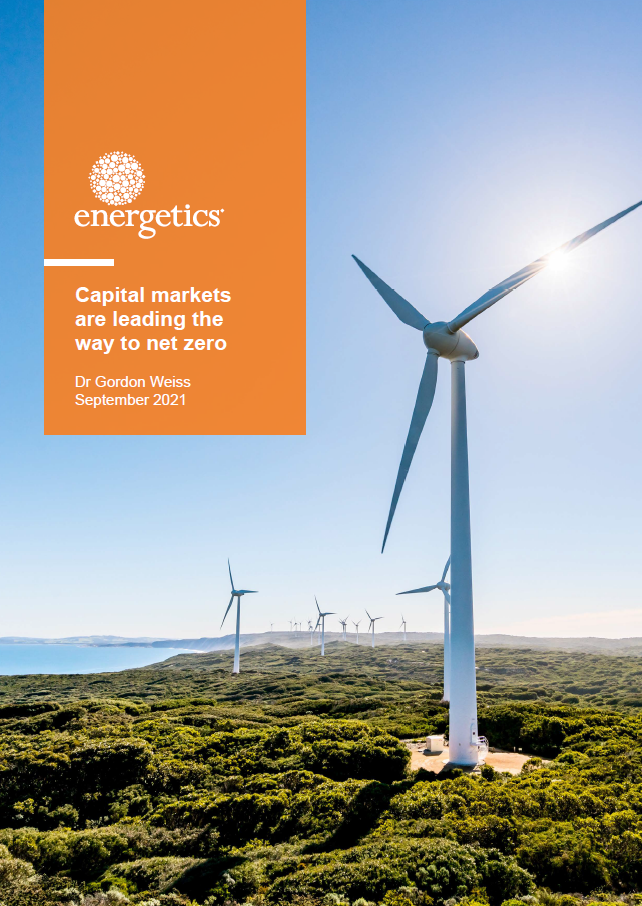For the world to avoid damaging temperature rises, global emissions must reach net zero before 2050.
Realising this goal requires new low emissions technologies and capital markets willing to support these
technologies. The global capital markets are now aligning with the goal as seen by the actions of investors and regulators who realise that climate change poses a risk to existing and future investments. Further, capital markets are willing to invest in cost effective low emissions technologies. The evidence can be seen in the growth of solar PV and wind generation. However much more is needed.
Some technologies that are expected to be part of a zero emissions world are in place today. As well as
renewable electricity generation, we can add electric vehicles. However, many net zero technologies
do not exist, or if they do exist, have not been commercialised or deployed at scale.
So, while the impetus to support net zero is clear, what can we expect of the transition?
The International Energy Agency (IEA) forecasts that the total annual investment in energy infrastructure will rise to $US5 trillion by 2030, adding an extra 0.4% point a year to annual global GDP growth, and this is likely a conservative assessment. This suggests that the transition to a low emissions world will not create a cost burden but instead offer positive outcomes to investors.
This paper examines emerging views of the capital markets regarding climate risk and how the need to address climate change risk is beginning to direct the vast resources of the world’s capital markets. The paper then explores low cost, low emissions technologies and how they can potentially change the market by offering solutions for emissions abatement that do not incur an economic penalty.







